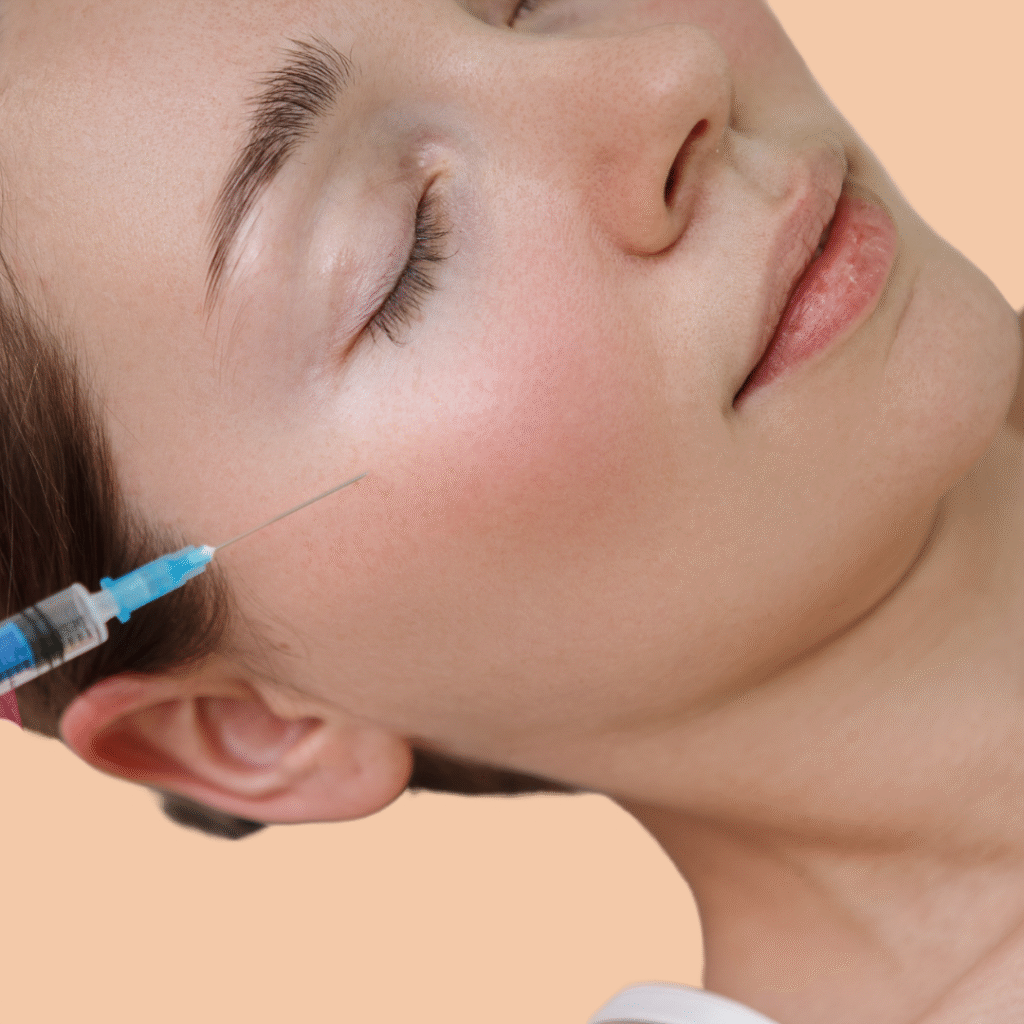In the ever-evolving world of cosmetic procedures, two names often come up in conversations about non-surgical facial enhancement—cheek filler injections and Botox. If you’ve been exploring aesthetic enhancements like cheek filler injections in Dubai, it’s important to understand how they differ from Botox—not just in application, but in purpose, composition, longevity, and results. Although they’re both injectable treatments that rejuvenate the face, their mechanisms, target areas, and outcomes serve different goals. Let’s delve deep into the distinctions.
What Are Cheek Filler Injections?
Cheek filler injections are a type of dermal filler specifically designed to restore or enhance volume in the cheek area. As we age, we naturally lose facial fat, particularly in the mid-face, leading to a sunken appearance and less defined cheekbones. Cheek fillers aim to combat this by replenishing lost volume and improving facial contour.
What Is Botox?
Botox is short for botulinum toxin, a purified protein derived from the bacterium Clostridium botulinum. Unlike cheek fillers, Botox doesn’t add volume. Instead, it works by temporarily paralyzing targeted facial muscles, reducing the appearance of dynamic wrinkles—those formed by repeated facial movements, like frowning, squinting, or raising eyebrows.
Key Differences Between Cheek Fillers and Botox
Composition and Action
-
Cheek Fillers: Use gel-like substances such as hyaluronic acid. They physically add volume to hollow or flat areas.
-
Botox: Uses a neurotoxin to block nerve signals, preventing muscle contractions that lead to wrinkles.
Target Areas
-
Cheek Fillers: Primarily injected into the mid-face, especially the cheekbones and surrounding tissue, to sculpt and lift.
-
Botox: Applied to areas with dynamic wrinkles—forehead, around eyes (crow’s feet), between eyebrows (frown lines), and sometimes the jawline or neck.
Treatment Goals
-
Cheek Fillers: Enhance facial structure, create symmetry, and lift sagging skin.
-
Botox: Minimize wrinkles, smooth fine lines, and prevent deeper creases by restricting muscle activity.
Movement vs. Volume
Botox reduces movement; fillers restore or add volume. This is one of the most crucial distinctions. While both are used to combat signs of aging, they approach the problem from entirely different angles.
Interaction with Facial Expressions
-
Cheek Fillers: Do not affect your ability to make facial expressions; they simply enhance the contour.
-
Botox: Limits certain expressions, such as frowning or squinting, by immobilizing specific muscles.
Can They Be Used Together?
Yes, and in fact, they often are. In modern aesthetic practice, combining cheek fillers and Botox is common to achieve a balanced, youthful appearance. This is known as a liquid facelift, where Botox relaxes dynamic wrinkles and fillers restore volume, working together for full-face rejuvenation without surgery.
How to Decide Which One You Need
Here’s a simple guide:
| Concern | Ideal Treatment |
|---|---|
| Hollow or flat cheeks | Cheek Fillers |
| Fine lines from expressions | Botox |
| Drooping or sagging skin | Cheek Fillers |
| Forehead lines or crow’s feet | Botox |
| Facial volume loss | Cheek Fillers |
| Wrinkle prevention | Botox |
FAQs
Can I get cheek fillers and Botox at the same time?
Yes, many individuals receive both treatments in a single session. This allows for comprehensive facial rejuvenation—Botox for wrinkles and fillers for volume loss—offering balanced, natural-looking results.
Are cheek filler injections painful?
Most fillers include a local anesthetic like lidocaine, and practitioners often use numbing cream before treatment. Discomfort is usually minimal, described as a slight pinch or pressure.
Will Botox freeze my face?
Not if done correctly. The goal is not to eliminate all movement, but to soften expressions. A skilled injector can preserve natural movement while reducing wrinkles.
How soon can I return to normal activities after these treatments?
Most people resume normal activities immediately after both Botox and cheek fillers. You may experience minor swelling or bruising, but this typically subsides within a few days.
Final Thoughts
Understanding the differences between cheek fillers and Botox is crucial for making informed decisions about your aesthetic goals. While both are excellent non-surgical options for facial rejuvenation, they serve very distinct purposes. Cheek fillers build structure and volume; Botox relaxes and smooths. Together or individually, they can help you achieve a refreshed, youthful look, without going under the knife.












































